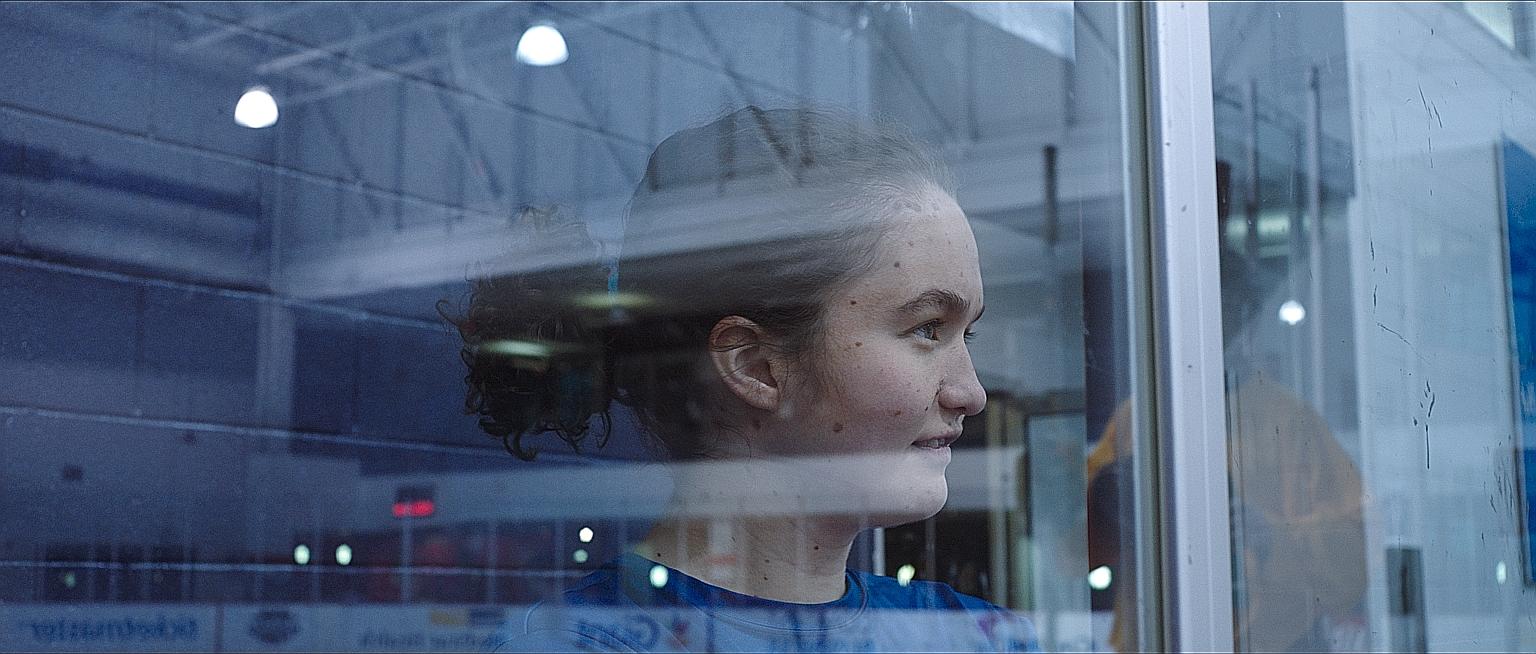True picture of autistic minds
Documentary The Reason I Jump aims to debunk stereotypes of people with autism
Sign up now: Get ST's newsletters delivered to your inbox

The Reason I Jump (above) portrays those with autism as seeking contact with family and friends, defying the stereotype that has pegged them as loners who are unable to feel what others feel.
PHOTO: GOLDEN VILLAGE
Follow topic:
In film and television, because a character with autism is often portrayed as "a genius or a fool", it has somehow coloured how society views these people in real life.
That is a notion British director Jerry Rothwell aims to debunk in his autism documentary The Reason I Jump, which opens in cinemas today.
Popular medical drama The Good Doctor (2017 to present) is driven by the character of the autistic Shaun Murphy, a socially awkward but gifted physician played by Freddie Highmore.
In other shows, persons on the autism spectrum are talented detectives, scientists or chess players.
Rothwell, who is his 50s, was speaking to The Straits Times in an online interview from his home in England.
His film is adapted from the 2007 biography of the same name by Naoki Higashida, who was diagnosed with severe autism at age five and who wrote the book when he was 13. He is now 28.
In 2013, an English translation by Keiko Yoshida and her husband, British novelist David Mitchell (Cloud Atlas, 2004), was published. They have an autistic son and Mitchell speaks on-camera in the documentary.
The film features five autistic persons, most of whom are non-speaking, from around the world.
Only one of them can be said to have a talent that society prizes. Amrit Khurana, a young woman from Noida, India, is a painter. In the film, she is shown holding a solo exhibition.
As Rothwell writes in the director's statement for the film, "Naoki debunks the ideas often held about the autistic spectrum - that at one end there are geniuses, and at the other, fools.
"Instead, he describes a magnificent constellation of different ways of experiencing reality which are filtered out by the neurotypical world".
The film portrays those with autism as seeking contact with family and friends, defying the stereotype that has pegged them as loners who are unable to feel what others feel.
"Naoki's book has a line about how others talk about him. They say, "Oh, don't worry about him, he just wants to be on his own.'
"But in Naoki's mind, he's saying, 'No, I really want to be with other people. But every time that I am with others, something goes wrong'," Rothwell says.
Rather than a robot-like obliviousness to the feelings of others, the director believes that for those with autism, the opposite might be true.
"There might instead be a hyper identification with others. Their emotions can be overwhelming, hence it's hard for those with autism to look someone in the eye. The intensity is too much," he says.
In the film, there is mention of the doubts raised about the authorship of the book, fuelled by the richness and lyricism of the non-speaking Higashida's language.
Much of it reads like a loving parent's wishful thinking, say critics.
Also, he used a letter board, which allows those without fine muscle control to point at letters to form words.
News reports have shown that helpers can hold the board or the arm of the autistic person in such a way that it is the helper's thoughts being expressed, perhaps unconsciously.
At the start of the project, Rothwell travelled to Tokyo to meet Higashida.
The young man was eager to express himself through his letter board, which he manipulated by himself.
"I would ask him a question, he would point at his letter board to answer. His answers were wise, coherent and poetic, just like the book," Rothwell recalls.
"I asked him, 'Why do you keep getting up to look out the window?' He said, 'I'm looking at car wheels, rotating. I always look at car wheels.'
"I asked him why and he typed out, 'They are like galaxies, swirling.'"
Rothwell deals with the authorship question in depth on his blog (jerryrothwell.com/category/blog). It has a link to a video taken from a Japanese documentary, showing Higashida typing, unassisted.
• The Reason I Jump opens in cinemas today.

